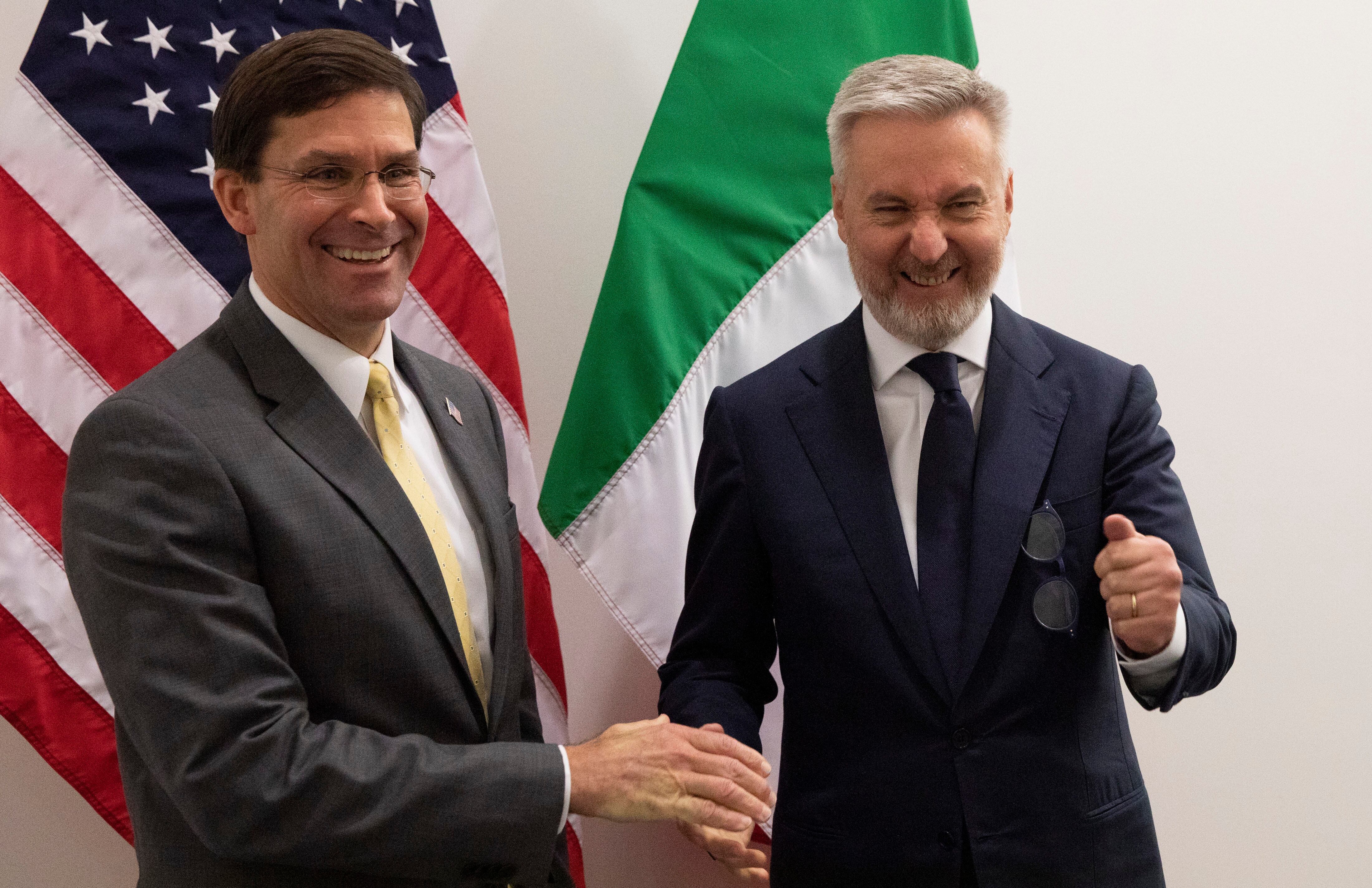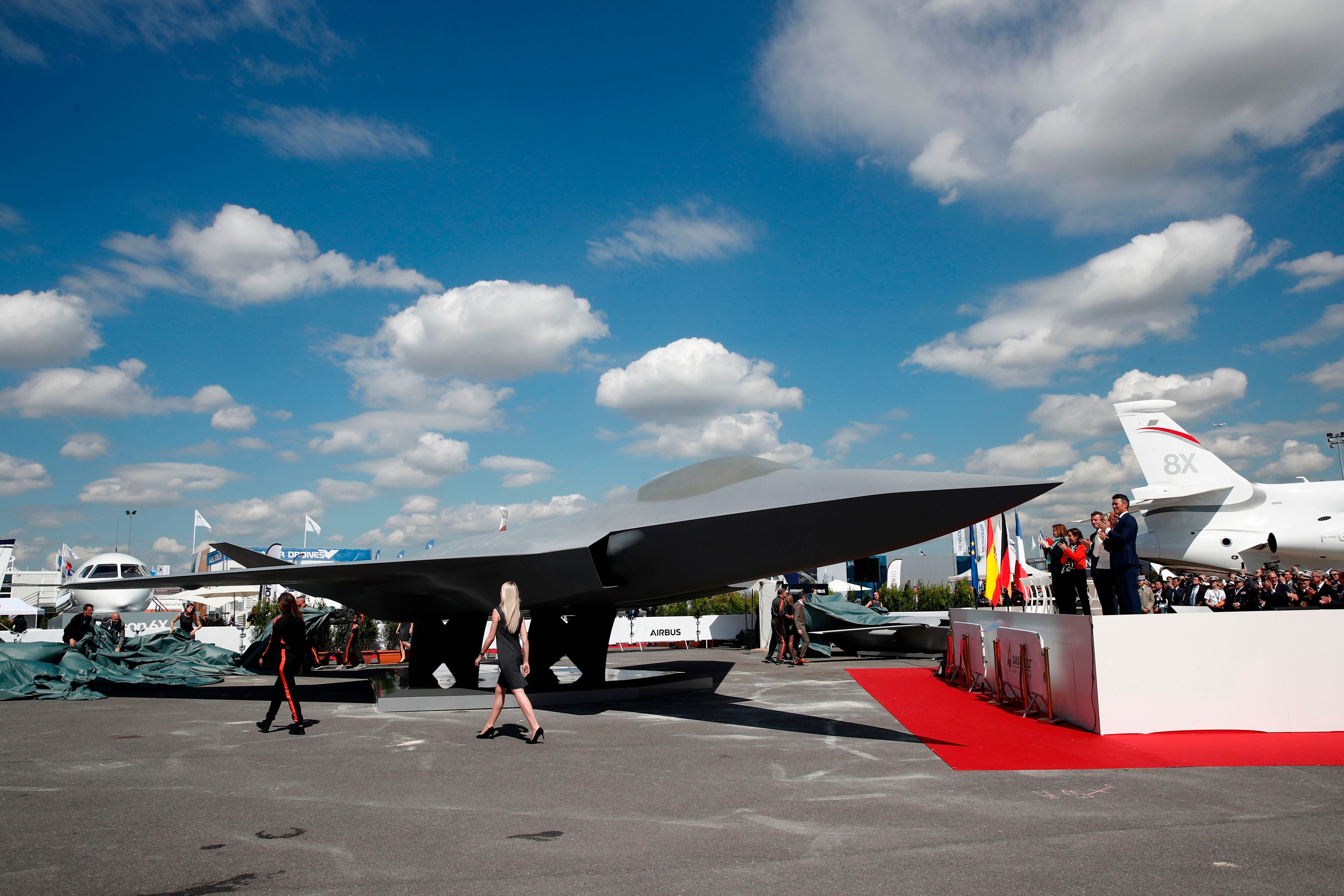COLOGNE, Germany — A new budget proposal for the European Union shows that the bloc’s defense plans are back on the table as the continent pushes to revive its economy following the coronavirus crisis.
Two flagship programs to that end — the European Defence Fund and the Military Mobility initiative — are set to receive €8 billion (U.S. $9 billion) and €1.5 billion (U.S. $1.7 billion), respectively, in the seven-year plan beginning in 2021, according to a proposal unveiled this week by European Commission President Ursula von der Leyen.
Those figures are lower than the initial proposal of €13 billion and €6.5 billion for the two budget lines. But they represent an uptick compared with recent negotiation positions that envisioned defense-related spending slashed even more.
Defense spending remains an unbeloved subject in many European countries, and it is notable that there is no dedicated political narrative around building military prowess in the context of the bloc’s recovery plan, dubbed Next Generation EU during a May 27 speech by von der Leyen.
Still, the fact that the European Defence Fund — designed to foster intra-continental defense cooperation — remains in the mix is in itself a statement, according to analysts. Defense-spending advocates in Europe believe a robust military can strengthen the EU’s hand in trying to assert its role on the world stage with other players like China and Russia.
RELATED

The new proposal of €8 billion for the European Defence Fund may not seem like much, given the high, upfront costs for multinational military equipment projects, said Sophia Besch, a senior research fellow at the Center for European Reform. “But it’s a win for the [European] Commission in the current political context,” she added.
“COVID-19 has shifted the priorities, and even before the crisis there were signs that defense was losing ground in the traditional budget battles,” Besch said. Given that, the new proposal is “better than nothing,” she argued.
At the same time, the de facto reduction would make it harder to prove for the commission that the intended effects can be achieved with the amount envisioned, Besch predicted.
Funding through the European Defence Fund and its associated channels ensures that certain projects in many member states can happen at all, said Yvonni-Stefania Efstathiou, an Athens, Greece-based defense analyst specializing in the emerging European defense-cooperation framework PESCO, or Permanent Structured Cooperation.
“Allocations to the EDF have the potential of triggering more defense cooperation, as those funds will be used to finance collaborative research and common capability development projects,” she said.
RELATED

What is still missing, however, is an overarching context of where the EU wants to go with its defense ambitions, she argued. “The impact of these funds will be limited unless there is also progress on the common definition of strategic priorities and military requirements.”
The cut to the budget line for military mobility means member states stand to pay more of their own money for updating bridges, roads and rail networks to ensure military equipment can quickly move along the continent in the event of a standoff with Russia.
The work is seen as a critical interface between the EU and NATO, and alliance officials previously expressed hope for a funding injection that could speed projects along, especially in Eastern Europe.
“Unless we have the full costings of how much bridges and roads will cost, it is hard to evaluate whether the funds are sufficient,” Efstathiou said. “What is easy to predict, however, is the dissatisfaction of the Eastern European states.”
Sebastian Sprenger is associate editor for Europe at Defense News, reporting on the state of the defense market in the region, and on U.S.-Europe cooperation and multi-national investments in defense and global security. Previously he served as managing editor for Defense News. He is based in Cologne, Germany.








